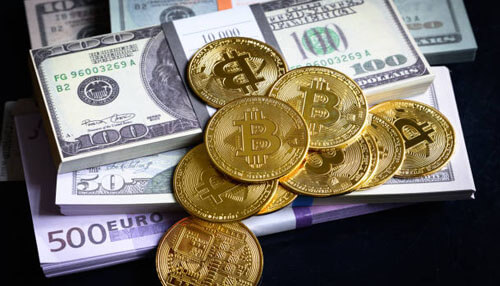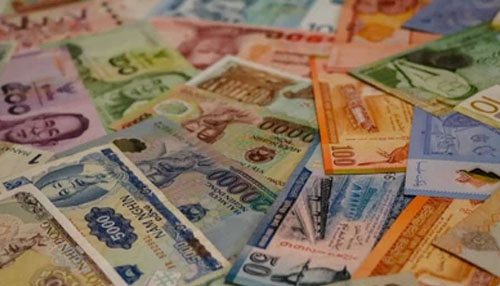With the evolving world, the monetizing system has also taken a step towards modernization. The currencies have been divided into two forms. The physical form is called fiat currency while the virtual currency is referred to as cryptocurrency. The article throws light on fiat currency and its various aspects.
What is meant by fiat currency?
A currency that is not backed by any physical commodity, such as precious metals, is fiat currency. The government of a particular state issues it. The value of fiat money is evaluated by the measure between supply and demand, not by commodity worth. It is available in paper form.
The most common examples are dollars in the United States, pounds in Great Britain, etc. Unlike the digital market, where trade takes place via software such as fiat currency can be used following a centralized financial system in the traditional market.
In what ways fiat money is valuable?
The commodity-backed funds are valuable because of the value of their material. But how is paper-based money worthwhile? The answer to this question is the taxation system. The regulated cash leads to the payment of high taxes.
The tax rate depends upon the amount of money owed by a person. The higher the funds, the higher will be the taxes. Another theory that ensures the value of first money is the credit-debit relation. It states that money does not need to be backed by any commodity to maintain its weight.
What are the risks associated with fiat money?
The term hyperinflation is used to describe the risk associated with fiat money. It relates to the devaluation of cash. Fiat money is not backed by a pile of gold, silver, or any other precious metal and is totally under governmental control.
The issuance of more notes can lead to the devaluation of money. Moreover, the people can lose faith in the country’s capital. It leaves the money with no value.
On the other hand, a currency backed by a commodity, such as gold, never loses value because of the demand in the market regarding multiple purposes (ornaments and decorative items in the case of gold).
What are the advantages of fiat currency?
The advantages of fiat money are explained as follows:
- If followed by proper rules and regulations, fiat currency can help maintain a country’s economy. It can serve for transactions, revenues, and economic growth.
- A currency backed by any commodity is issued by several costly processes, whereas the issuance of fiat money is relatively cost-efficient.
- Since any commodity does not support it, the issuance is not limited. The central banks and governments have a complete hold on the money supply.
- The velocity is entirely under control.
- The liquidity and interest rates can be managed efficiently.
- The government officials can handle the rate of inflation.
What are the disadvantages of fiat currency?
The following are the disadvantages of paper money:
- The stability of fiat money is not always guaranteed. Though central authorities can manage it, a currency backed by commodities is more stable than it
- Increased issuance can lead to hyperinflation.
- Since the generation is in the hands of people, it can lead to financial bubbles.
- Economic instability can be caused by hyperinflation.
What are the alternatives to fiat currency?
Fiat currency holds a tender value in today’s world. But because of the issues arising, which is a promising solution for problems corresponding to paper money.
Also known as cryptocurrency, like a security token, it is in electronic form. It is a tremendous challenge to inflate fiat currency. Despite solving this issue, digital currency can still replace fiat currency because of volatility and decentralization.
The bottom line
The fiat currency is a physical form of money issued by central authorities of a state. It is quite advantageous, but some negative factors, such as hyperinflation, have led people to ponder the situation.
Cryptocurrencies that exist in virtual form propose solutions to hyperinflation. Regardless of that property, virtual money cannot replace fiat currency in the traditional market.



